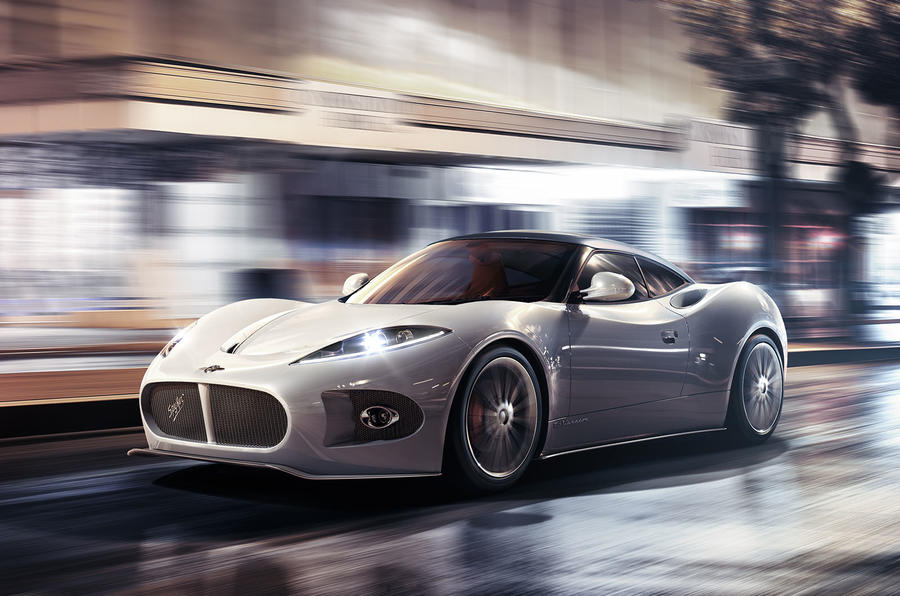Spyker boss Victor Muller is a certifiable car nut and, right now, his enthusiasm is banging against the rev limiter.
With good reason, because his company – the colourful maker of quirky, luxury sports cars – has new models under development and ambitious plans for the future, underpinned by a deal with Chinese company Youngman that has enabled Muller and Spyker to face the world with renewed vigour.
The situation is a far cry from two years ago, when the Dutch company was effectively in hibernation. Having bought struggling Saab in 2010, Spyker was almost dragged down as the Swedish company hit the financial skids in 2011.
At the same time, Coventry-based CPP Manufacturing, which created the aluminium bodies-in-white for Spyker’s Spyker C8 Aileron, went into administration, affecting production and sales. Spyker had to locate and acquire the tooling, parts and semi-built bodies in order to restart production in-house at its Zeewolde base.
The loss of Saab prompted a change of tack for Spyker’s parent company, which had previously sought to sell its sports car firm. In 2012, during which Spyker sold just four cars, the priority became securing the company’s future.
In April of last year, Muller reached an agreement with Spyker’s three main money-lenders to convert debt into shares, a deal that left the company free of bank loans.
The next step was to secure funding to pay creditors and restart production. A deal was struck with Chinese company Youngman, which made a cash contribution of €25 million to develop and manufacture an oft-mooted super-SUV called the D8 Peking to Paris.
A new Spyker
Now we’re effectively looking at Spyker version 2.1, a revival of the company that first built cars in the early 1900s and was resurrected by Muller in 1999 because he wasn’t satisfied with the standard of existing luxury supercars on the market.
“When I signed the deal with Youngman in December 2012,” says Muller, “I said to myself, ‘Now we need to make a statement. I will design a new car that I’ve had in my head for a long time’. I started drawing there and then, and 22 days later it was done.”
That car, the B6 Venator, is a compact two-door sports car that will sell for €125,000 (about £107,000), a lower price than the company’s previous offerings. It was revealed to the world at the Geneva motor show in March. The V6-powered car is the first road-going Spyker to feature an all-carbonfibre body atop an aluminium chassis, and an open-top version is being prepared for the Pebble Beach Concours d’Elegance.



































Join the debate
Add your comment
Beautifully voluptuous
The misgivings expressed on this forum do not seem misplaced, but going by the looks of the cars, boy, do I want Spyker to succeed. Every Spyker design shown so far has a personality.
The poor People
"I wonder what the poor people are doing tonight"[Quote after the Wall Street Crash] They are probable enjoying a nice Hot Hatch like the A45 AMG,or maybe a used GTR [THE BEST BFTBuck in a supercar} I also like Scotty5 am not impressed by all this rich man's dreaming.
Even in the Netherlands
Even in the Netherlands Victor Muller isn't taken seriously.
Dream on, Victor.